Voisin, la différence
Philippe Ladure
Collection : Transports
Published: 17 décembre 2014
EAN : 9782851208248
Nuart : 5955552
Format : 275×320 mm
Text in French and English
320 pages
Hardbound with slipcover
Price : 80.00 € Plus shipping
Review by Gijsbert-Paul Berk
Voisin, la différence, is a completely new and superbly produced book that in great detail describes this charismatic man and his remarkable designs.
Gabriel Voisin had already made his name as one of the pioneers of French aviation long before he became a manufacturer of luxury, sporting and very original automobiles. He was probably the first Frenchman to be airborne. While there may have been ultra-short and experimental ‘flights’ by the versatile French inventor – and Voisin’s inspiration – Clément Ader, with his weird-looking steam-powered flying machines between 1892 and 1897 in the neighborhood of Satory, these were never officially confirmed. However, in April 1904, Gabriel Voisin, seated under on a large glider which was launched from a sand dune near Berck-sur-Mer in the Pas-de–Calais area, covered around 20 meters (66 ft.) in the air, and the famous photographer Jacques Henry Lartique captured this event for posterity. Sponsored by Ernest Archdeacon, a promoter and financial supporter of French aviation, Gabriel Voisin started building other aircraft. Being trained as an architect, he was not an engineer but he certainly was an original and empirical inventor/constructor. To calculate how much engine power his plane would need for takeoff, he put it on floats and had it towed on the river Seine by a fast motorboat. A spring-caliper in the towline provided the information he wanted.
Together with his brother Charles, he built the aircraft that Henry Farman used in January 1908 to become the first European to take an engine powered, heavier-than-air machine on a controlled, circular flight over one kilometer, including takeoff and landing. It earned Farman the “Grand Prix d’Aviation” and 50,000 francs offered by Ernest Archdeacon and Henri Deutsch de la Meurthe.
Gabriel Voisin always claimed that his aircraft beat the Wright brothers because their machine did not take off on its own power.
The fact that Voisin replaced wood by thin steel tubes for the fuselage – to reduce pre-flight adjustments – made his aircraft quite popular with the French Armee de l’Air and after 1914 Voisin became one of the major manufacturers of military aircraft.
But even before the Armistice in 1918, Voisin decided to stop building planes. Amongst other things, Voisin toyed with the idea of producing metal prefab houses, and bicycles with a small auxiliary two stroke engine. But being a keen motorist, he finally chose to become an automobile manufacturer. As he was also very pragmatic, Voisin then acquired the drawings and prototypes for a luxury car, equipped with a Knight sleeve valve engine. It was a project that originally had been destined for André Citroën, who had abandoned it, as he wanted to concentrate his efforts on simple and popular models. Voisin’s decision to build the luxury car begins the history of Avions Voisin, as the maker of fast, silent and very original automobiles. This fascinating history will certainly captivate VeloceToday readers.
The authors of Voisin, la différence, are Philippe Ladure, the very active president of “les Amis de Gabriel Voisin”; Reg Winstone, who translated Voisin’s biography My 1001 cars into English; and the French writer Pierre Vanier. Other collaborators are Philipp Moch, who recreated the 1923 Voisin C6 (Tours) Grand Prix car and a number of other Voisin icons, Peter Mullin of the famous Mullin Museum, and the French automotive historian Serge Bellu.
This large ‘work of love’ also contains ‘testimonials’ from a number of modern designers and engineers, architects, artists, car collectors, and restorers. There is a wealth of historical photos, some never published before, and talented photographer Alexis Goure, with his inspired pictures, captures the atmosphere of various Voisin models against contemporary backgrounds.
Under the heading “from C1 to C31”, the last 24 pages of the book, provide the technical specifications of all these Voisins, including the last one, the minimalist Biscooter produced during the 1950s in Spain.
For those lucky enough to own a Voisin, the book is an absolute must. For fans and admirers of exotic French cars who don’t own a Voisin, or even a heated garage to store such a valuable piece of automotive heritage, I can also wholeheartedly recommend it. As the book gives a complete insight in Gabriel Voisin’s impressive oeuvre and the time in which he lived and worked.
Having said this, I must warn you that Voisin, la différence is too heavy to enjoy reading it in an armchair or in bed. It has 320 pages, measures 31.5 x 28 x 3.2 cm. and weighs a hefty 2.9 kilograms. For contrast: Gabriel Voisin’s own autobiography Mes Mille et Une Voitures, published in 1962, has 220 pages, measures 14 x 19 x 1.8 cm and weighs just 210 grams. That is comparable to an old fashioned pocket book.
I am convinced that Gabriel Voisin, who apart from his three autobiographies, wrote most of the sales brochures for his cars himself and was a man who strongly believed in ‘functionality’, would have shared my conviction that beautiful cafe table books such as this one are fine, but should today be accompanied by a code – or app – to download its text on an iPad or Kindle or an USB stick containing the text to plug into a small laptop. That would allow one to read such interesting text in greater comfort.
BTW, an Apple MacBook laptop, with a 13” screen, measures 31.4 x 21.9 x 1.8 cm and weighs only 1.57 kilograms.
If you think that € 80 (approx. $ 89.82) + P&P is a lot of money, consider it as a sound investment. The previous Voisin Bible, Automobiles Avions Voisin 1919-1958 by Pascal Courteault and Narisa Chakra, published around 1990 (with a separate English text) is today valued on Ebay at between €700 to €800 (approx. $800 to $900). The smaller but excellent English language My 1001 Cars by Gabriel Voisin and Reg Winstone can be ordered for £49.95 (approx. $76.80) + P&P.
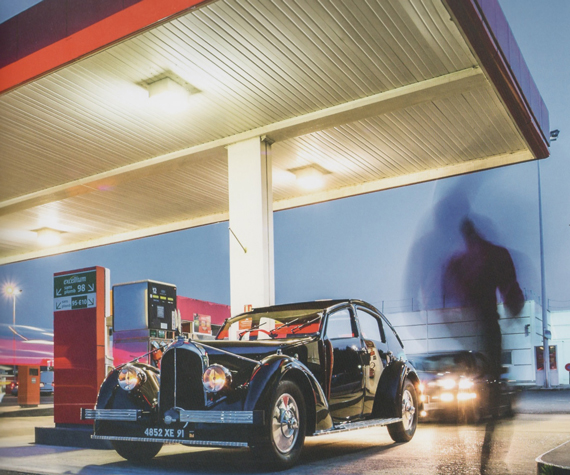
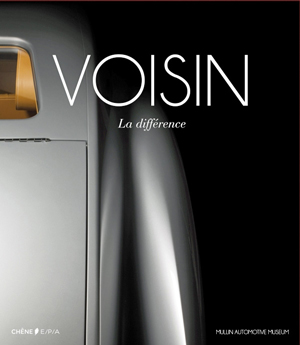
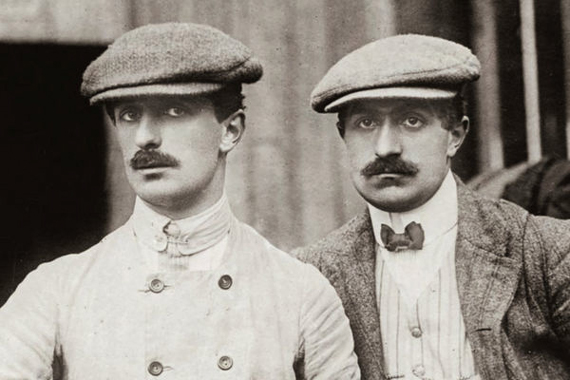
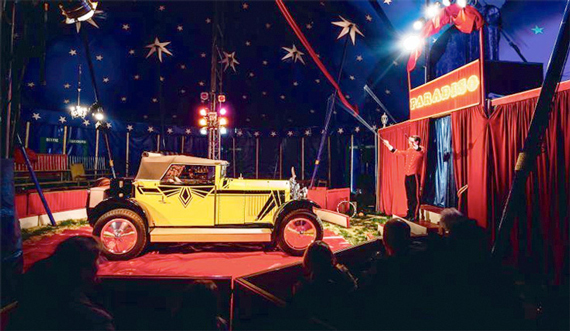
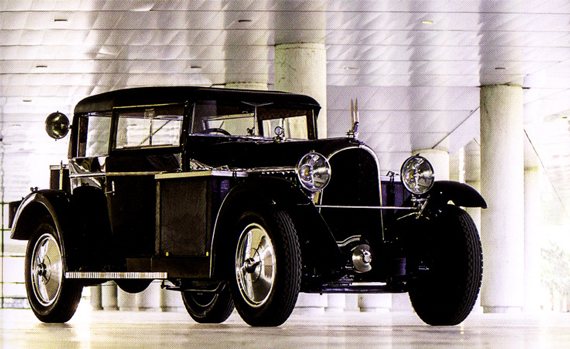
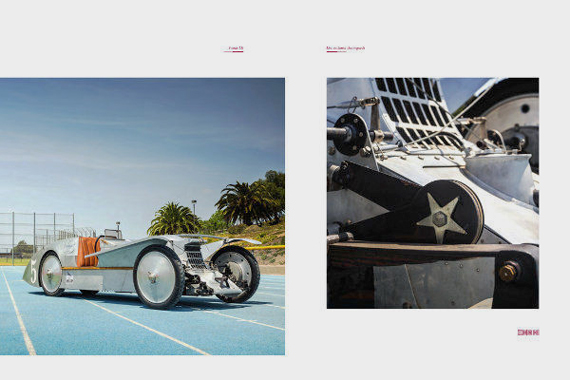
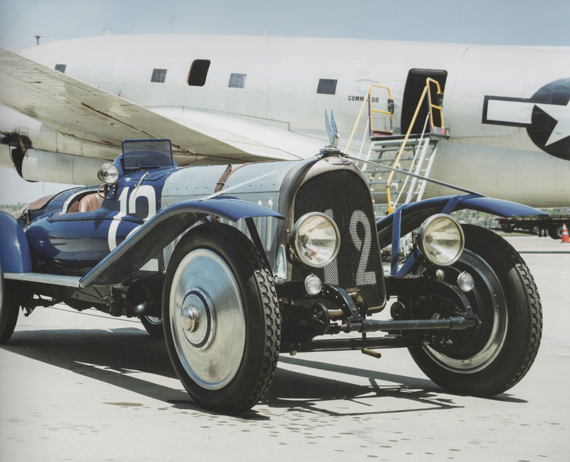
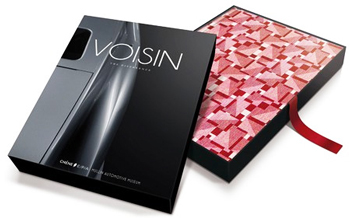
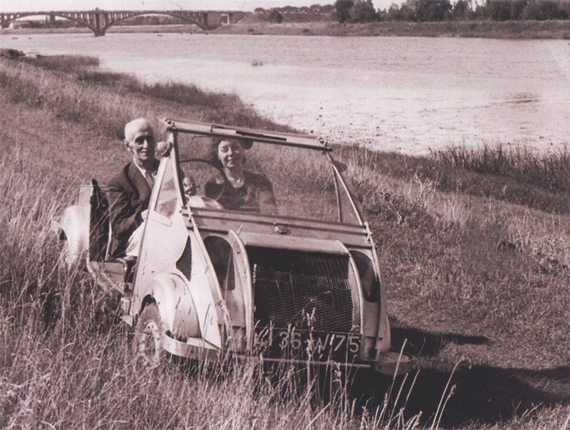
Is the book still available? The link doesn’t work and a search of that website doesn’t have any English speaking dealers linked to it.
Somewhere I read that where other wealthy men kept a string of racehorses, ol’ Gabe kept a string of ballerinas. He gave at least one a house, and she let him live in it toward the end of his life. Also, I thought that Mr. Coanda claimed to be the first to take off in an aircraft under its own power, fly some distance, and then turn around and return to the takeoff area; this was a few weeks after the Wright brothers.
From Gijsbert-Paul Berk
I am sorry to admit that I also discovered that the link mentioned in the article does not work. (the link itself is correct though as it brings one to the EPA site) Don’t know why not. So I tried the website of the publisher Chêne EPA and found only addresses of libraries in Paris where one can order the book. Therefore I phoned the publisher to ask for the addresses of their bookshops or sales representatives in the US and the UK. The women at the switchboard gave met the number of the person responsible for international contacts ++33 (0)1 41 23 60 00, but the there was only an answering machine. I am still waiting for a reaction and will forward the information to you as soon as I have it.
In the mean time I have also phoned my favorite ‘Librairie Passion Automobile’ at the Rue de Rennes in Paris where they told me that the book is already out of stock but that they expect a reprint by the end of April.
The publisher of the book is:
Chêne EPA
43, quai de Grenelle
75905 Paris Cedex 15 – France
Tel : ++33 (0)1 43 92 30 00
International relations: ++33 (0)1 41 23 60 00
From Gijsbert-Paul:
You are absolutely right about Gabriel Voisin’s passions. The only horsepower he appreciated came from internal combustion engines. But in his own biographies ‘Mes 1001 Voitues’ and ‘Mes 10000 Cerfs-Volants’ he is very open over his many ‘amourettes’. Remember that, for some mysterious reasons those years between 1918 and 1928 became known as the ‘Gay Twenties’.
Yes, the Romanian born Henri Marie Coand? (1886 – 1972) was also an early aviation pioneer. After serving as an artillery officer in the Romanian army in 1909 he went to Paris where he studied at the École Nationale Superieure d’Ingenieurs en Construction Aéronautique – also known as SUPAERO (the same French technical college that formed André Lefebve and many other gifted aeronautical engineers). He claimed that in 1910 he had constructed and flown in an experimental aircraft, that was in fact the first yet engine plane. This machine was indeed that year exhibited at the International Aeronautic Salon in Paris. It used a 4-cylinder piston engine connected to a rotary compressor delivering air under pressure. Coand?’s idea was to propel the aircraft by a combination of suction at the front and the pressure of the air rushing out at the rear (reaction). This instead of the airflow caused by a turning propeller. However there is no evidence that this design ever flew.
Between 1911 and 1914 Coand? worked for the Bristol Aeroplane Company in the UK. And after1915 for Delaunay- Belleville in France. In 1934 he obtained a French patent for his discovery and description of the Coand? effect, about the behavior of airstreams. Around 1950 he became as consultant involved in the development of the French Sud Aviation SE 210 ‘Caravelle’, the world’s first short/medium-range jet airliner. In 1969 he returned to Romania and he died in Bucharest..
…for the availability:
Motorsmania told me end of April for the reprint:
http://www.motors-mania.com/en/motoring-books/5771-voisin-la-difference.html
and for the US the Mullinstore seems to have stock..
http://www.mullinautomotivemuseum.com/#!/store
And on amazon are some silly offers (as usual!!)
Best regards Michael